#Trichechus manatus latirostris
Text

Florida manatee Trichechus manatus latirostris
Observed by nonbinary-naturalist, public domain
#Trichechus manatus latirostris#Florida manatee#Sirenia#Trichechidae#sirenian#manatee#North America#United States#Florida
58 notes
·
View notes
Text

Florida Manatee (Trichechus manatus latirostris), family Trichechidae, in a freshwater hot spring in Florida, USA.
ENDANGERED.
photograph by Keith Ramos, USFWS
280 notes
·
View notes
Text
Animal of the Day!
Florida Manatee (Trichechus manatus latirostris)

(Photo from USFWS)
Conservation Status- Endangered
Habitat- Coastal southeastern United States
Size (Weight/Length)- 1.2 tonnes; 3 m
Diet- Seagrasses; Aquatic plants
Cool Facts- The Florida manatee is a west Indian manatee subspecies only found in the Florida Everglades and the surrounding coast. They are one of the longest lived subspecies, living up to 60 years. The Florida manatee can safely move between fresh and saltwater, having unique kidneys that heavily reduce their sodium levels while in salt water. These manatees are susceptible to cold weather, resulting in them flocking in massive numbers to natural hot springs throughout the Everglades. Strangely enough, the Big Bend Power Station is a hotspot for manatees in the winter due to warm water being pumped from the factory and into the nearby river. Only 6,000 Florida manatees remain due to an increased number of boat strikes and likelihood of frostbite. Luckily, zoos and veterinarians work together to rescue Florida manatees and release them back into their home rivers.
Rating- 12/10 (Most closely related to elephants.)
#animal of the day#animals#mammals#manatee#sunday#july 30#florida manatee#biology#science#conservation#the more you know
283 notes
·
View notes
Text

Florida Manatee (Trichechus manatus latirostris)
Taken at Turkey Creek Sanctuary in Palm Bay, FL
#florida manatee#manatee#manatees#wildlife#wildlife photography#nature#nature photography#animal#animals#animal photography#photography#florida#florida photographer#florida photography#turkey creek sanctuary#turkey creek#sanctuary#wildlife sanctuary#nature trails#nature trail#nikon camera#nikon photography#nikon d3500#Trichechus manatus latirostris
15 notes
·
View notes
Text
November is Manatee Awareness Month: Boat Slow and Aware to keep Manatees Safe
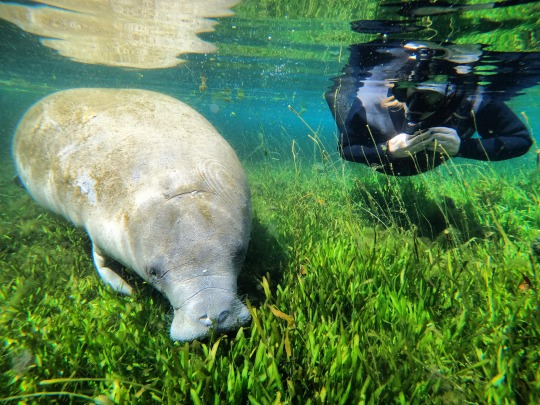
Florida's Nature Coast is blessed with an abundance of natural springs, which provide a year-round 72-degree aquatic environment. As temperatures drop, manatees will move from the cooler Gulf of Mexico waters into our local springs. This makes it super-important for everyone to keep an eye out for manatees as they travel through the rivers and into the springs.
We get manatees year-round in the Weeki Wachee River, Anclote River, Homosassa River, Chassahowitzka River, and Kings Bay and Crystal River. It is part of what makes Florida's Nature Coast such a wonderful place.
November is Manatee Awareness Month and the Florida Fish and Wildlife Conservation Commission (FWC) is reminding people on the water to slow down and look out for migrating manatees this time of year.
The Florida manatee (Trichechus manatus latirostris) is a native species found in many of Florida’s waterways.
The FWC and the U.S. Fish and Wildlife Service continue to investigate and respond to an elevated number of deaths along the Atlantic coast of Florida. The FWC and USFWS take manatee conservation seriously by actively implementing science-based conservation measures that are making a difference for manatees and habitat. Learn more about how officials are responding to this event by visiting MyFWC.com/Manatee and clicking on “Learn More” in the banner at the top of the page.
A Keystone Species
Manatees are one of Florida’s keystone species whose behavior can alert researchers to environmental and habitat changes that may otherwise go unnoticed in Florida’s waterways for extended periods of time.
As water temperatures cool this season, manatees are naturally migrating to warmer waters around the Nature Coast. Go slow and look out below to allow them to swim safely.
While the sea cows are large, their grey color and their elliptical shape can make it difficult to see these gentle giants in the water. That is why it is important to follow guidelines, slowing down in all manatee protection zones.
Be on the lookout for manatee encounters while boating, wear polarized glasses, and always give them plenty of space.
A manatee through our kayak's clear bottom. Amazing!
Manatee Protection Zones are Off-Limits to Humans
Protection zones are marked by waterway signs and maps of manatee protection zones are available online at MyFWC.com/Manatee by clicking on “Data and Maps.”
Manatees depend on water being generally warmer than 68 degrees Fahrenheit to survive the winter, so in the fall they migrate to Florida springs, power plant discharges, and other warm-water sites.
Remember that disturbing manatees at warm-water sites can cause them to swim out of those protected areas and into potentially life-threatening cold water.
Manatees are protected from human contact in their protection zones. This is so they can rest undisturbed. Image by Diane Bedard.
Slow Down to Save Manatee Lives
During the colder months, seasonal manatee zones require boaters to slow down in certain areas to prevent manatees from being injured or killed by motorboats or personal watercraft. Boat strikes continue to be a major threat to Florida manatees.
FWC law enforcement officers are on patrol in state waters to inform boaters of the seasonal manatee speed zones and take appropriate enforcement actions. Boaters are reminded to abide by the regulatory signs they see on the water.
No Entry-Manatee Refuge areas have been identified by the Florida Fish and Wildlife Conservation Commission and the U.S. Fish and Wildlife Service as crucial for manatee survival. Remember - Look but don't touch manatees.
Crystal River and Kings Bay Area supports Wintering Manatees
The Crystal River and Kings Bay area is the only area in Florida where swimmers are monitored around manatees. Viewing guidelines and sanctuary rules must be followed. Please respect the directions from manatee volunteers and law enforcement officers who are looking out for the best interest of manatees in this area.
The manatees that stay in this location need the warm waters of the springs in order to survive the cold winter. Please visit the U.S. Fish and Wildlife Service site for more information about the Crystal River National Wildlife Refuge in Crystal River, Florida.
https://www.youtube.com/watch?v=l7dXRF8F46I&list=PLZb5DyVcCk94Z-FNzg6vR1sPr6N4yGizB&index=1
So much great information on manatees and making sure we do not harm them. Video courtesy of Crystal River Refuge.
Let the Professionals handle a Distressed, Stranded, or Dead Manatee
Physically handling a distressed or stranded manatee might cause more harm. Instead, report injured, distressed, sick or dead manatees to the FWC’s Wildlife Alert Hotline at 888-404-FWCC (3922) or dialing #FWC or *FWC on a cellphone so trained responders can assist.
The FWC takes manatee conservation seriously by actively implementing science-based conservation measures that are making a difference for manatees and habitats. Learn more about how officials are responding to this event by visiting MyFWC.com/Manatee and clicking on “Learn More”.
Knowing your Manatee Manners is Important
While visiting an area where manatees are, it is important to know the proper etiquette for interacting with them. Remember, these are wild animals, protected by Federal and State law. It is always a good idea to use a guide for your first visit to experience interacting with manatees.
Passive observation of manatees is the right way to interact with them. They are curious creatures who seem to enjoy "hanging out" with humans. Image courtesy of Hunter Springs Kayaks.
Several years ago, it was common to actually touch a manatee, but this is discouraged now. Passive interaction is the right way to visit with a sea cow. In that spirit, please remember the following Manatee Manners:
- Look, but don't touch manatees.
- Don't feed manatees or give them water. If manatees become accustomed to being around people, they can alter their behavior in the wild, perhaps causing them to lose their natural fear of boats and humans, which may make them more susceptible to harm.
- Do not pursue or chase a manatee if you see one while you are swimming, snorkeling, diving, paddling or operating a boat.
- Never poke, prod or stab a manatee with your hands, feet or any object.
- If a manatee avoids you, do not chase the animal for a closer view.
- Give manatees space to move. Avoid isolating or singling out an individual manatee from its group and do not separate a cow and her calf.
- Keep hands and objects to yourself. Don't attempt to snag, hook, hold, grab, pinch, hit or ride a manatee.
- Avoid excessive noise and splashing if a manatee appears nearby. The manatee may be resting and may surface without being aware of your presence. Noise and activity may startle the animal awake, which may put it in harm’s way if it is frightened and leaves the area.
- If the site you visit allows in-water activities near manatees, use snorkel gear and float at the surface of the water to passively observe manatees. The sound of bubbles from SCUBA gear or other devices may cause manatees to leave the area.
Florida Fish & Wildlife has a lot of Manatee Resources
Resources for boaters, educators, and other interested members of the public are available at MyFWC.com/Manatee.
What should you do if you see a manatee? The Viewing Guidelines page provides helpful tips on respectfully viewing manatees, additional guidelines for boat and personal watercraft operators, and information on what you can do to help these amazing aquatic mammals.
The 2021-2022 Manatee Decal features "Go Slow - Look Out Below!" by Mike Hunter of FWC. FWC Photo
Get this year's Manatee Decal or License Plate to Support Manatee Research, Rescue, and Management
Are you interested in supporting the FWC’s manatee research, rescue, and management efforts? You can purchase a Florida manatee license plate or donate $5 to receive a collectible FWC manatee decal. Both are available from your local Tax Collector’s office.
Best Nature Coast Locations to Meet a Manatee
Well, wherever you are on Florida's Nature Coast, manatees are a common sight. They are particularly numerous in the winter months when they seek the "warmer waters" of natural springs. The 72-degree water is warm for them, so manatees are often seen in our spring-fed rivers and headwaters of the Gulf.
- Crystal River National Wildlife Refuge
- Three Sisters Springs - while closed to boaters and swimmers,
- Weeki Wachee River
- Mud River
- Bayport
- Anclote River
- Linda Pedersen Park
- Chassahowitzka River
- Homosassa Springs Wildlife State Park
- Weeki Wachee State Park
- Pithlachascotee River
Which ones did I miss? Add to the list in the comments below.
Feature image courtesy of Hunter Springs Kayaks in Crystal River.
Read the full article
0 notes
Photo

Florida manatee (Trichechus manatus latirostris)
Photo by Jana & Michal Tyl
#ok... wig#florida manatee#west indian manatee#american manatee#manatee#sea cow#trichechus manatus latirostris#trichechus manatus#trichechus#trichechinae#trichechidae#sirenia#tethytheria#paenungulata#afrotheria#atlantogenata#eutheria#mammalia#tetrapoda#vertebrata#chordata
105 notes
·
View notes
Photo
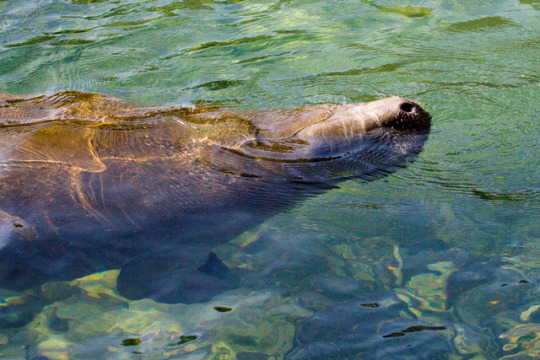
28 notes
·
View notes
Photo

ENDANGERED
Photographer: Cristobal Serrano
The manatee is a mammal belonging to the order Sirenia. Within the reserve and for the protection and the specific conservation of Trichechus manatus latirostris, the Crystal River National Wildlife Refuge was founded in 1983. It is a sanctuary within the reserve whose mission is to conserve the last pristine natural habitat at the head of river. The refuge protects the warm water springs that provide the essential habitat for populations of this species that are in serious danger of extinction.
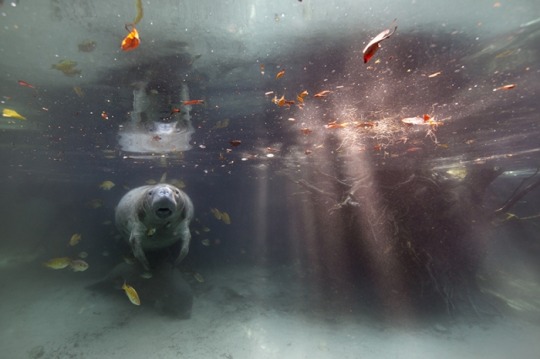



#cristobal serrano#manatee#sirenia#trichechus manatus latirostris#crystal river national wildlife refuge#nature#photographer#photography#photograph
2 notes
·
View notes
Video
This is Una. She is currently staying at SeaWorld Orlando's manatee rehabilitation center in one of our critical care pools. The white slatted floor is a hydraulic false bottom which can be raised in order to bring the animals up out of the water for medical treatment with minimal stress. Thanks to the tracking and observation efforts of the Manatee Rescue and Rehabilitation Partnership, we know quite a few details about her life.
This isn't her first time at SeaWorld. She was rescued as an orphaned calf in 2003, weighing in at 170lbs. At a weight of 980lbs, she was released at Blue Springs State Park with a few other manatees in 2006. She has been seen with a calf of her own, which is very exciting. However, she also suffered from at least one boat strike. She recovered and was left with five propeller scars on her back. Around 90% of manatees have wounds from boat strikes. The scars are used by scientists to identify individuals. Eventually, Una shed her tracking device but was still spotted regularly and easily recognized by the “A5” ID marking on her tail. In late November of 2016, she was discovered to be severely entangled. Both of her pectoral flippers were tightly wrapped in monofilament fishing line which had cut deeply into the tissue almost to the bone. This is what happens when people toss tangled up fishing line overboard or just let wads of it blow away. Please recycle monofilament fishing line properly.
If you'd like to visit Una during her recovery, come see the Manatee Rehabilitation Area inside SeaWorld Orlando adjacent to the sea turtle habitat. The park is currently caring for 18 manatees. An adult manatee can eat around 200lbs of wet vegetation per day, and the little orphans are bottle fed specialized formula every two hours around the clock. Rescued patients need radiographs, ultrasounds, endoscopies, daily medications, tube feedings, wound care, and complicated surgical prodecures. SeaWorld of Orlando, Tampa’s Lowry Park Zoo, Miami Seaquarium, and the Jacksonville Zoo are the only facilites permited by the U.S. Fish & Wildlife Service as designated manatee hospitals. Your visit funds the care of these sick and injured manatees and other rescued wildlife.
The Florida manatee was recently reclassified as “Threatened” (Previously “Endangered”), but the species is far from recovered. They still need all of the protection and support we can provide. “Not endangered” does not mean “not in danger”. If you are a Florida resident, please always vote for legislation that protects and benefits manatees. You can learn more about the Manatee Rescue and Rehabilitation Partnership here: public.wildtracks.org
#Florida#manatee#Trichechus manatus latirostris#animal#rescue#rehabilitation#SeaWorld#SeaWorld Orlando#Una#entanglement#litter#Lowry Park Zoo#Miami Seaquarium#Jacksonville Zoo#zoos save species#conservation#video#endangered#Manatee Rescue and Rehabilitation Partnership#original content
1K notes
·
View notes
Text
Manatees

Manatees are herbivores and eat over 60 different freshwater and saltwater plants.
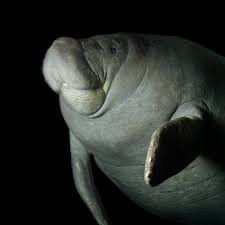
The main causes of death for manatees are human-related issues, such as habitat destruction and human objects.
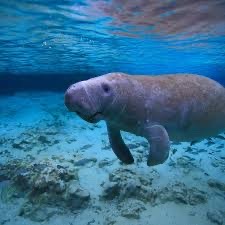
Their slow-moving, curious nature has led to violent collisions with propeller-driven boats and ships. Some manatees have been found with over 50 scars on them from propeller blades. Natural causes of death include adverse temperatures, predation by crocodiles on young, and disease.
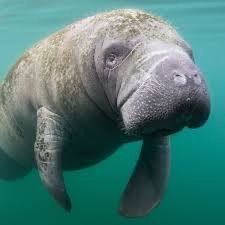
Apart from mothers with their young, or males following a receptive female, manatees are generally solitary animals.
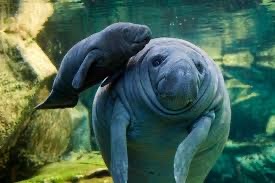
Manatees spend approximately 50% of the day sleeping submerged, surfacing for air regularly at intervals of less than 20 minutes.

The remainder of the time is mostly spent grazing in shallow waters at depths of 1–2 m (3 ft 3 in–6 ft 7 in). The Florida subspecies (T. m. latirostris) has been known to live up to 60 years.
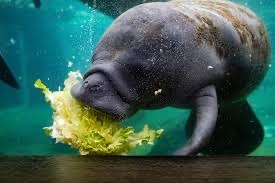
Endangered Florida manatee (Trichechus manatus)

Manatees
#Manatees#Manatee#animal#animals#sea animals#sea animal#aquatic animal#aquatic animals#baby animals#nature#nature photography#nature facts
48 notes
·
View notes
Photo
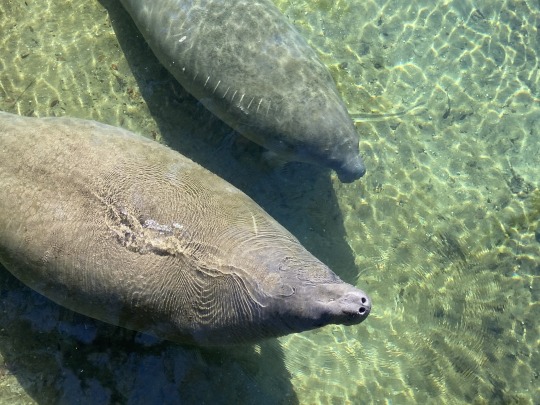
Florida manatee Trichechus manatus latirostris
Observed by danir2378, CC BY-NC
#Trichechus manatus latirostris#Florida manatee#Sirenia#Trichechidae#sirenian#manatee#North America#United States#Florida
13 notes
·
View notes
Text
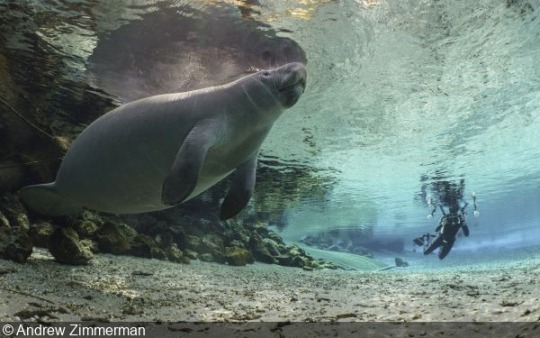
Florida Manatee (Trichechus manatus latirostris), family Trichechidae, in a freshwater hot spring in Florida, USA.
ENDANGERED.
photograph by Andrew Zimmerman
105 notes
·
View notes
Note
manatee please? or naked mole rat
I've already done a post on a species and subspecies of manatee but I can totally do a naked mole rat! I hope my manatee posts will keep you busy until I find information on the adorable not-a-mole, not-a-rat, naked mole rat.
32 notes
·
View notes
Photo

Florida Manatee (Trichechus manatus latirostris)
Taken at Turkey Creek Sanctuary in Palm Bay, FL
#florida manatee#manatee#manatees#sea cow#sea cows#wildlife#wildlife photography#animal photography#nature photography#photography#florida#florida photographer#Florida Photography#turkey creek sanctuary#Turkey Creek#sanctuary#wildlife sanctuary#nature trail#nature trails#nikon photography#nikond3500
25 notes
·
View notes
Photo
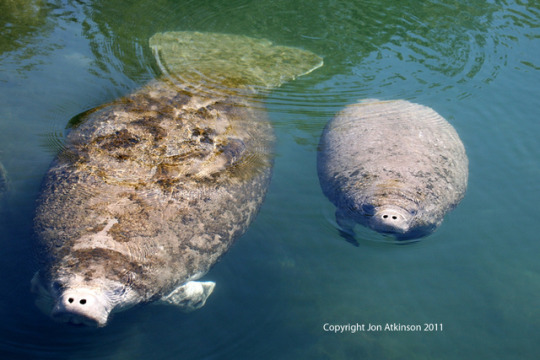
Florida manatee ( Trichechus manatus latirostris )
Photo by Jon Atkinson
#florida manatee#west indian manatee#american manatee#manatee#sea cow#trichechus manatus latirostris#trichechus manatus#trichechus#trichechinae#trichechidae#sirenia#tethytheria#paenungulata#afrotheria#atlantogenata#eutheria#mammalia#tetrapoda#vertebrata#chordata
90 notes
·
View notes
Photo

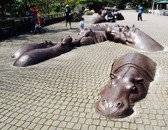
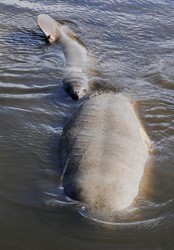
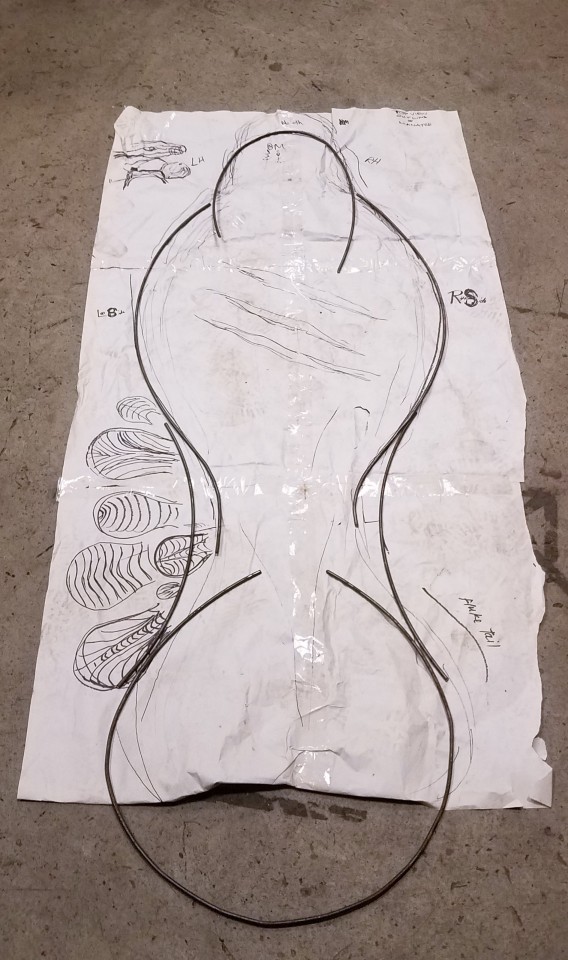
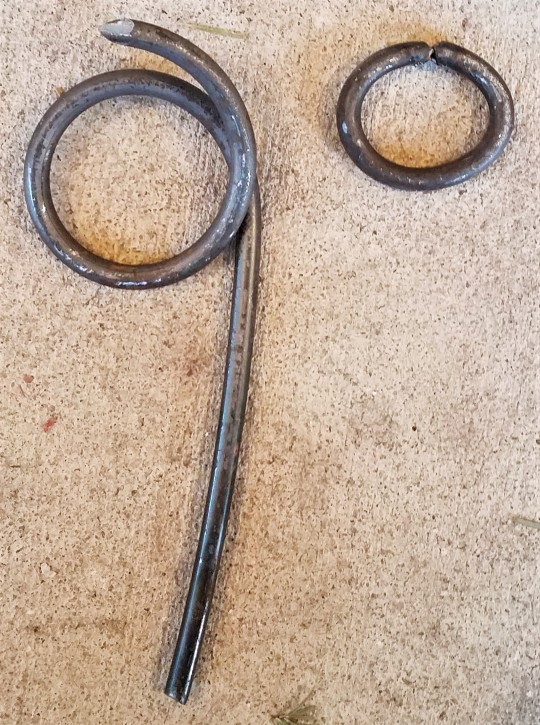
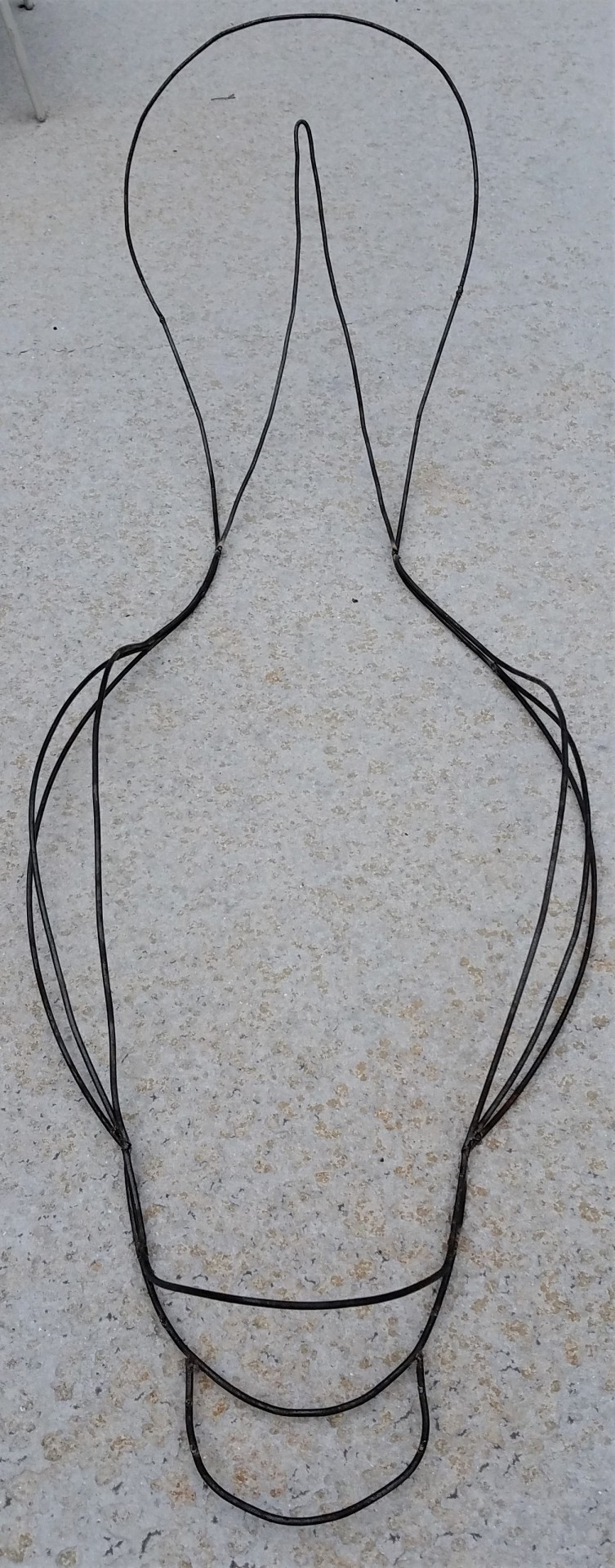
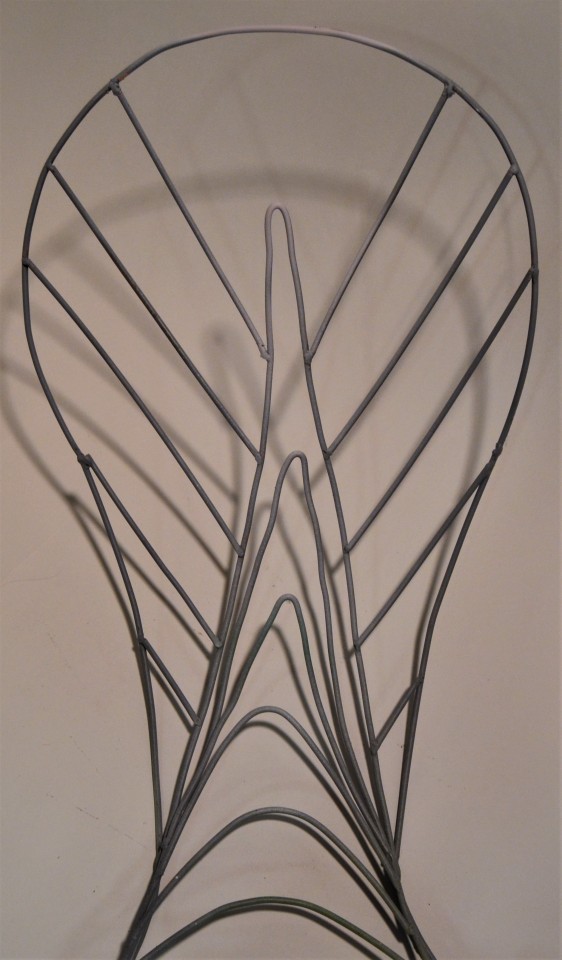
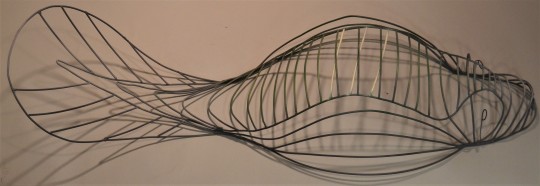
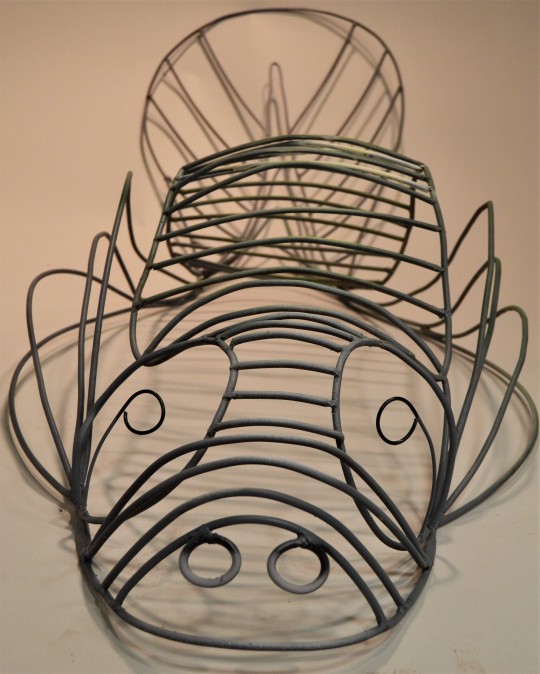
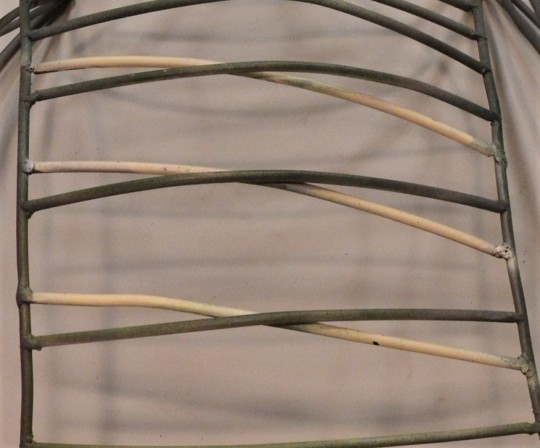
Trichechus manatus latirostris
72 1/2″ x 24″ x 17″
Metal rod ¼ inch and 1/8 inch thick
This sculpture represents the Florida Manatee (Trichechus manatus latirostris), which is the subspecies of the West Indian manatee (Trichechus manatus manatus.) I wanted to depict a local animal that is experiencing threats from humans such as boat traffic, habitat loss, pollution, climate change, and other factors. With manatees and climate change, the warmer waters are allowing the manatees to travel up north, but that is also where there are no signs and regulations of telling boaters to slow down. The warmer waters also tricks them into staying up north for to long and get caught in colder water that leads to them being “cold shocked”, which is opens them up to diseases and is fatal if not rescued. A recent incident with a human carving the letters “TRUMP” into a manatees back helped me decide on this project proposal. No matter the political view, tampering, injuring, or killing an animal is wrong.
With this project, I wanted to show part of the manatee as if the ground is acting as the water, similar to the hippopotamus sculptures above. The hint of green paint on the back area is to reference the algae that grows on some of their bodies. I also wanted to show the white scars on the manatees back that come from a boat driving over one. This is a mild case, but much worst results can come form a boat than a few small scars. In some cases, the lungs are punctured and the manatee is forced to stay at the surface so it can breathe.
The struggles I had with this project are making sure the form is anatomically correct while still trying to create interesting line work. I think also trying to make both sides match was difficult as well when bending the pencil rod into curves. Also making sure the profile and the front view came together with the line work. If I were to do it again, I would spend more time on the face and make sure it resembles the manatees face more accurately. I would also change some of the line work and the photo documentation.
0 notes